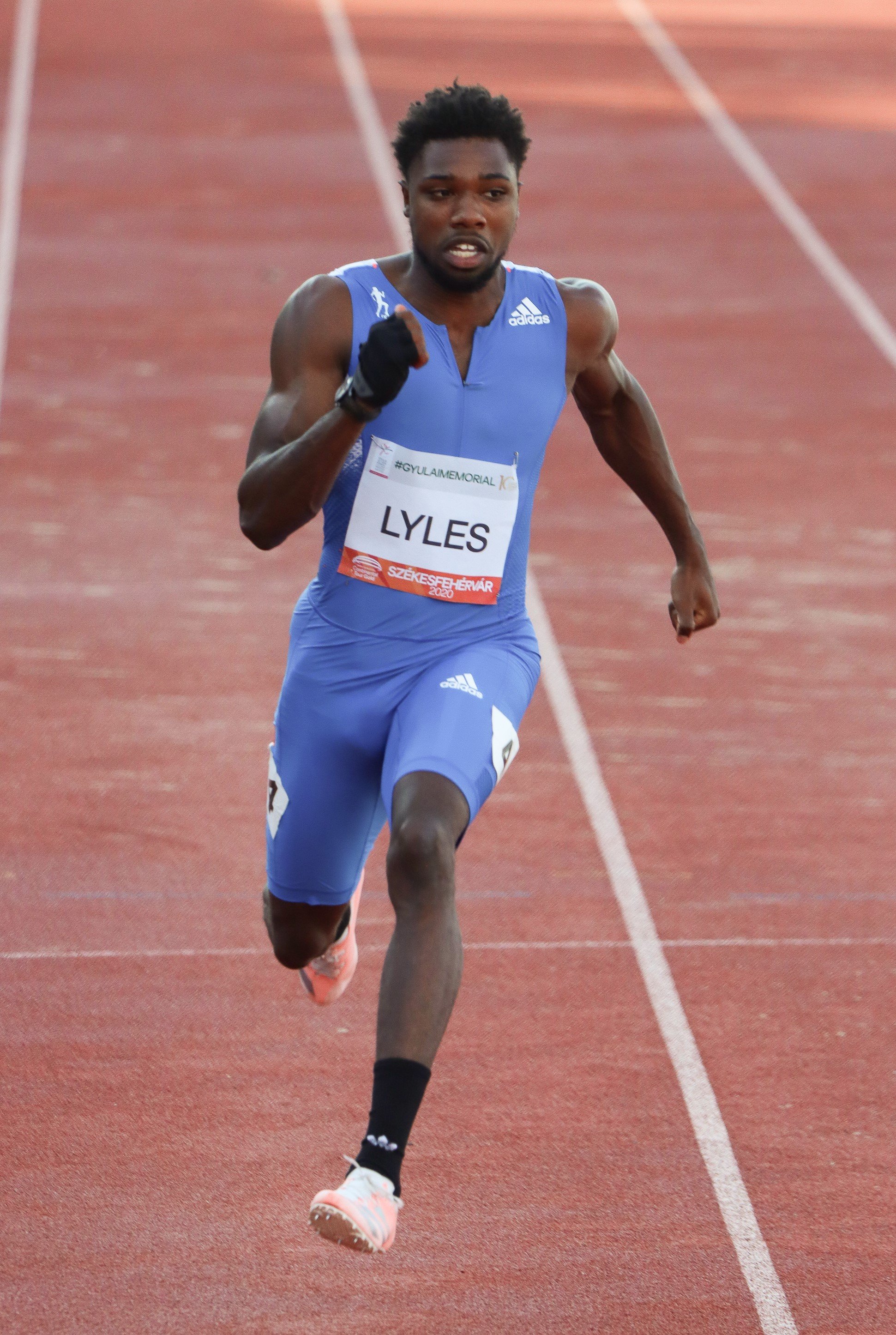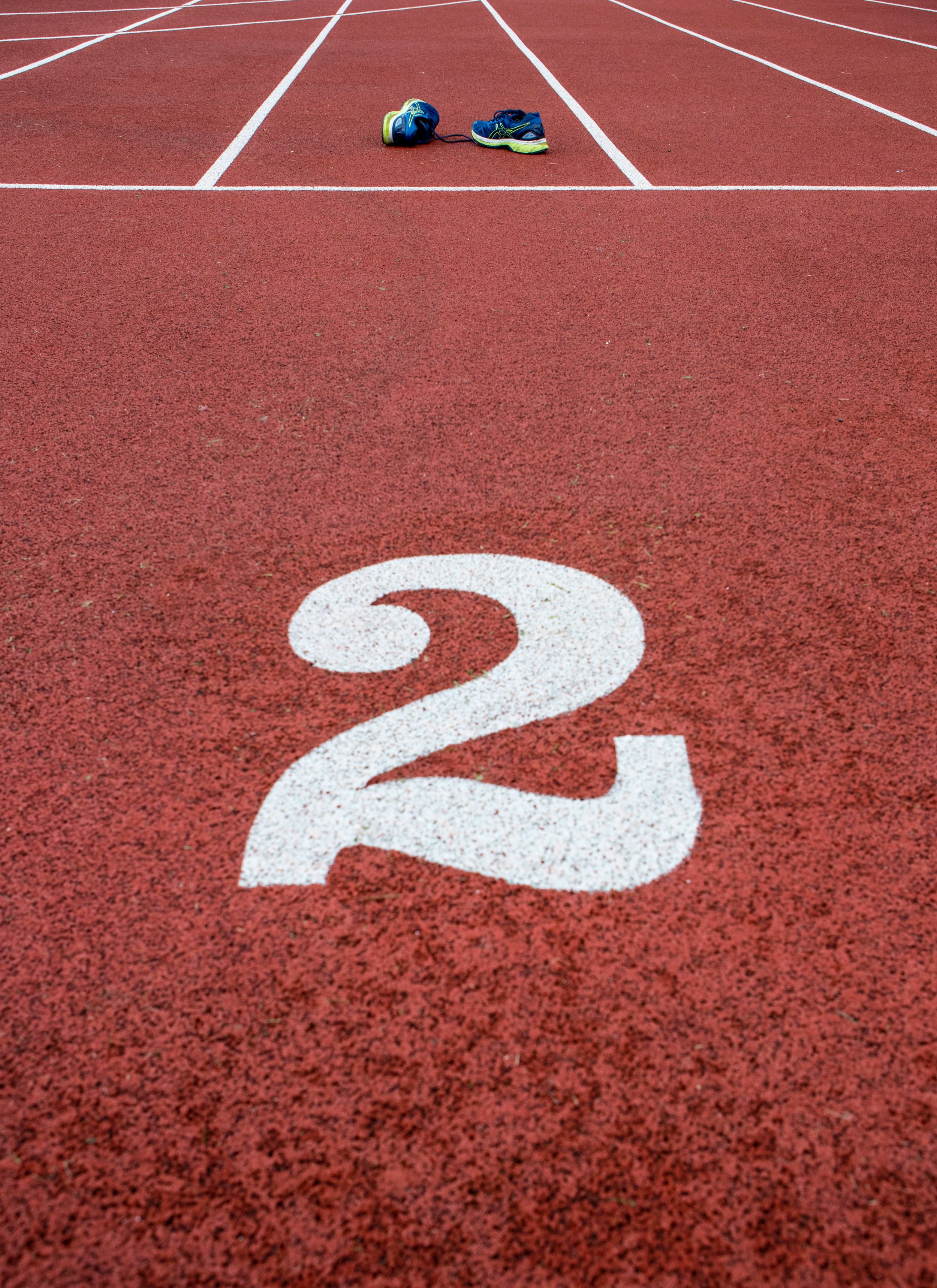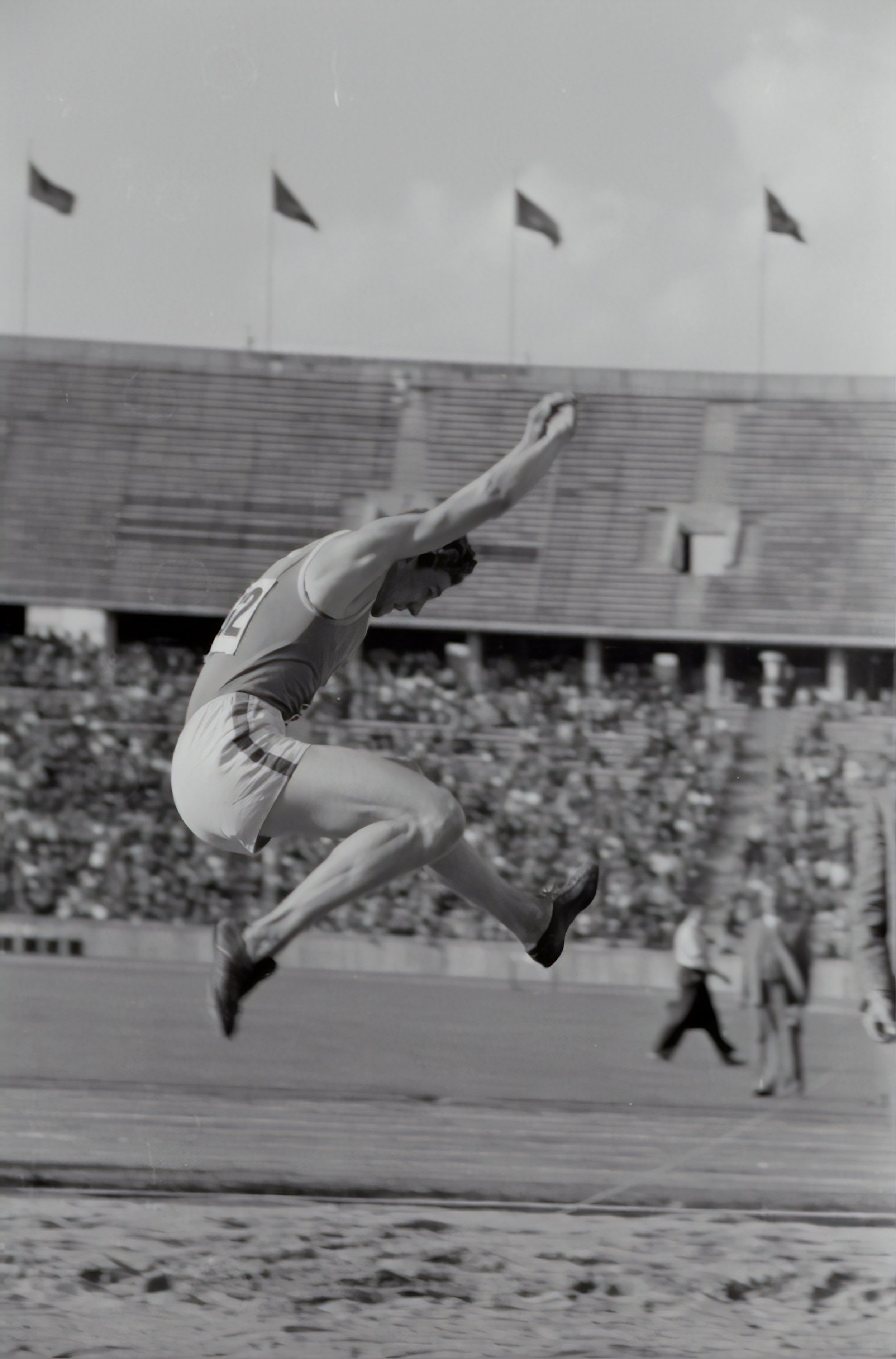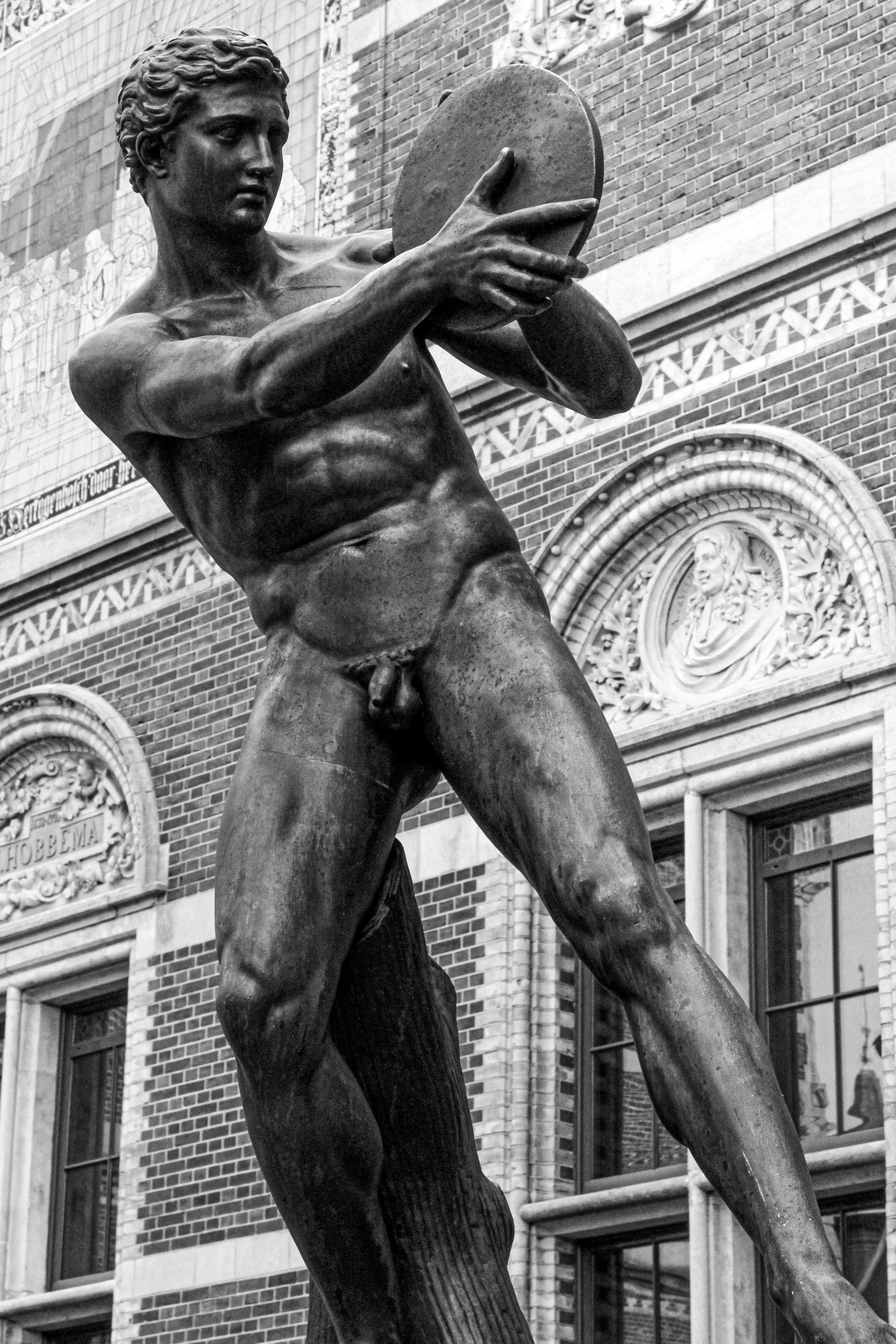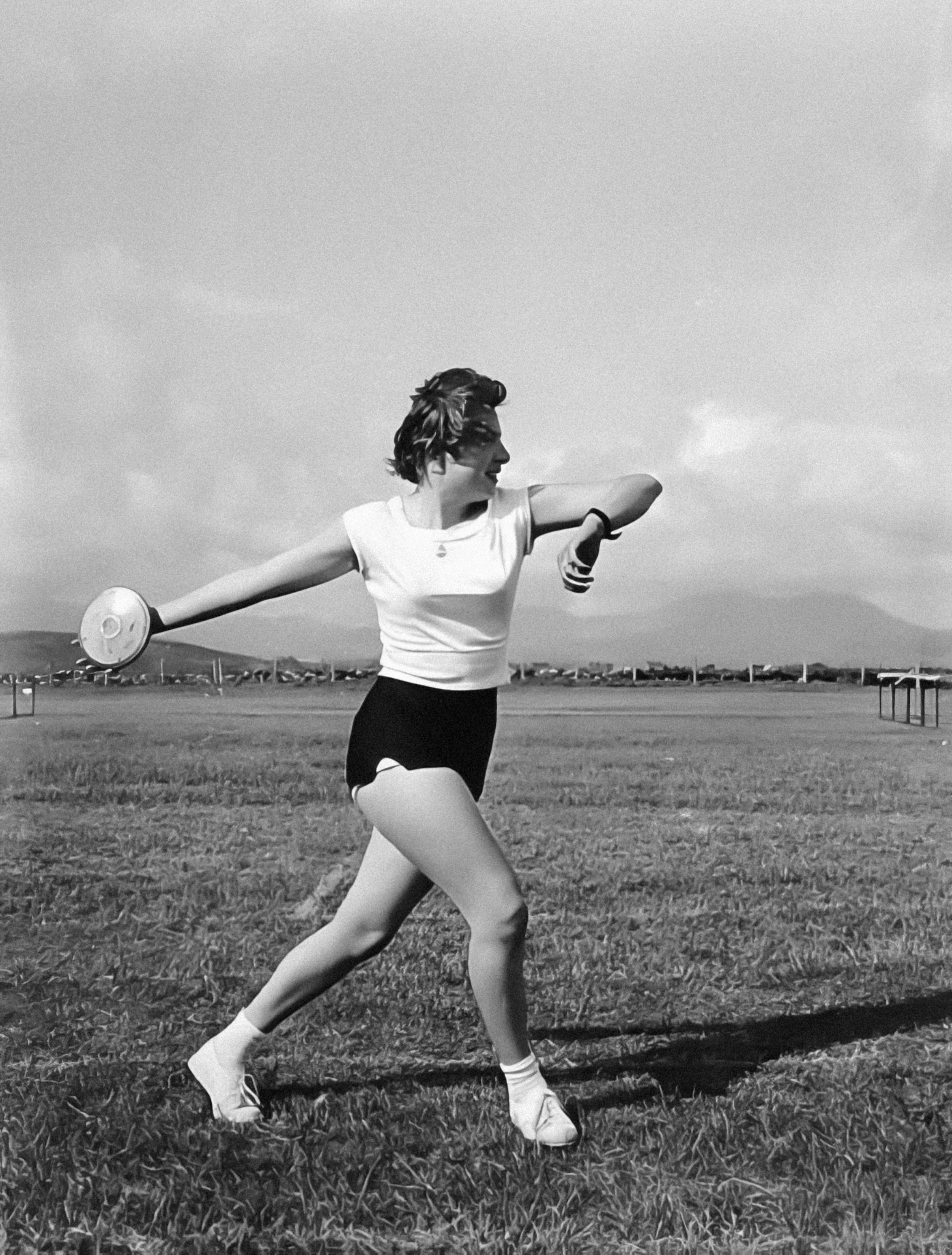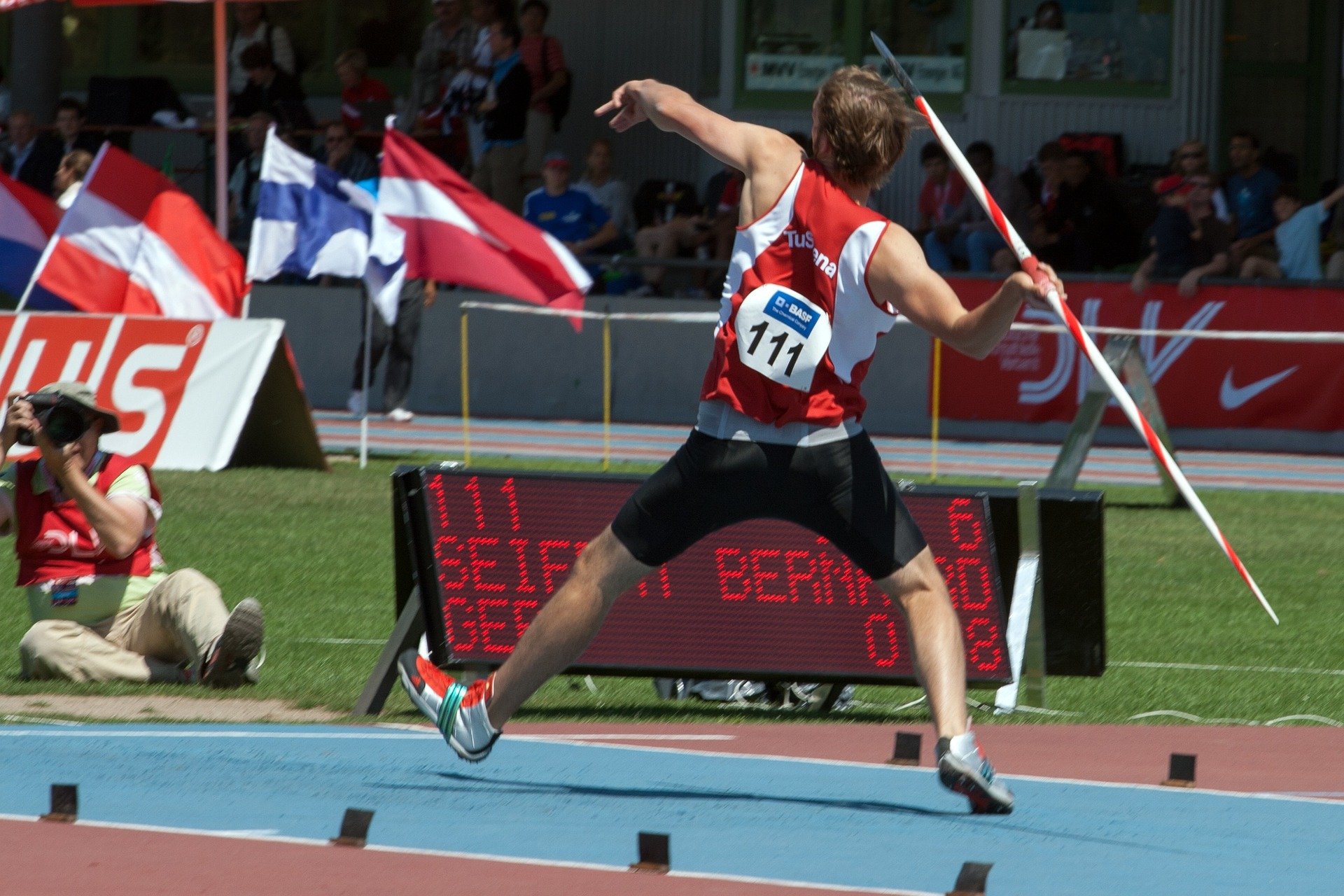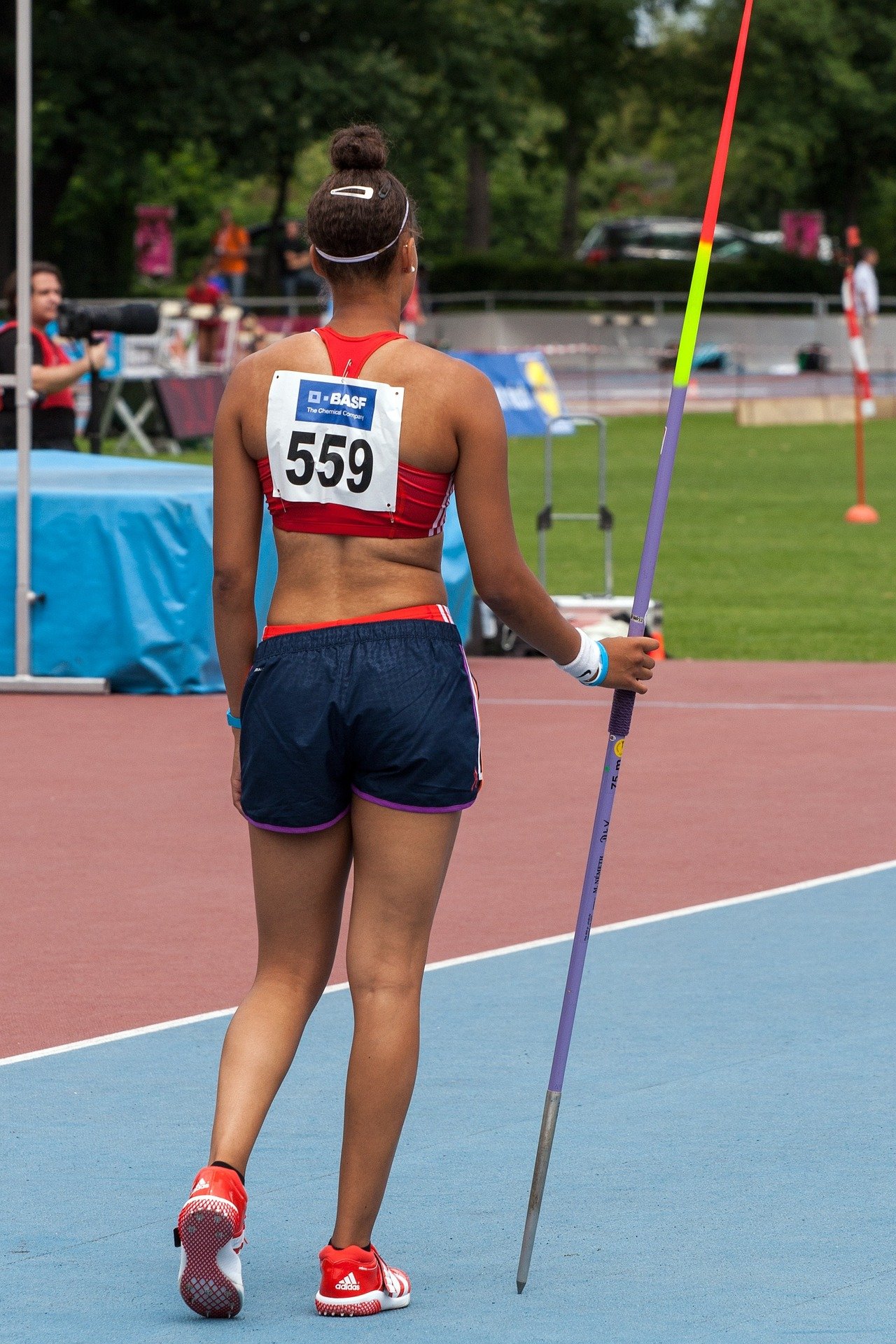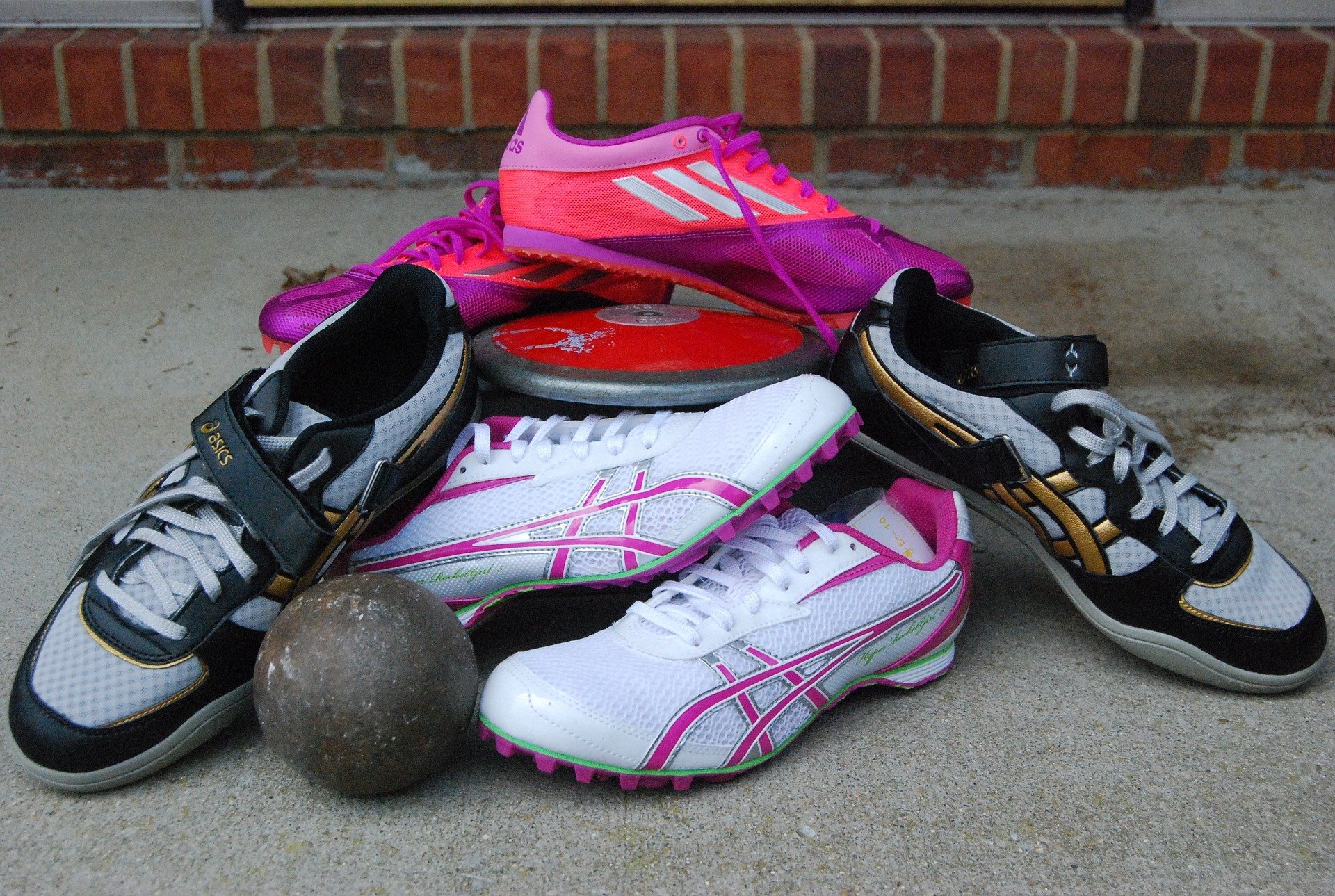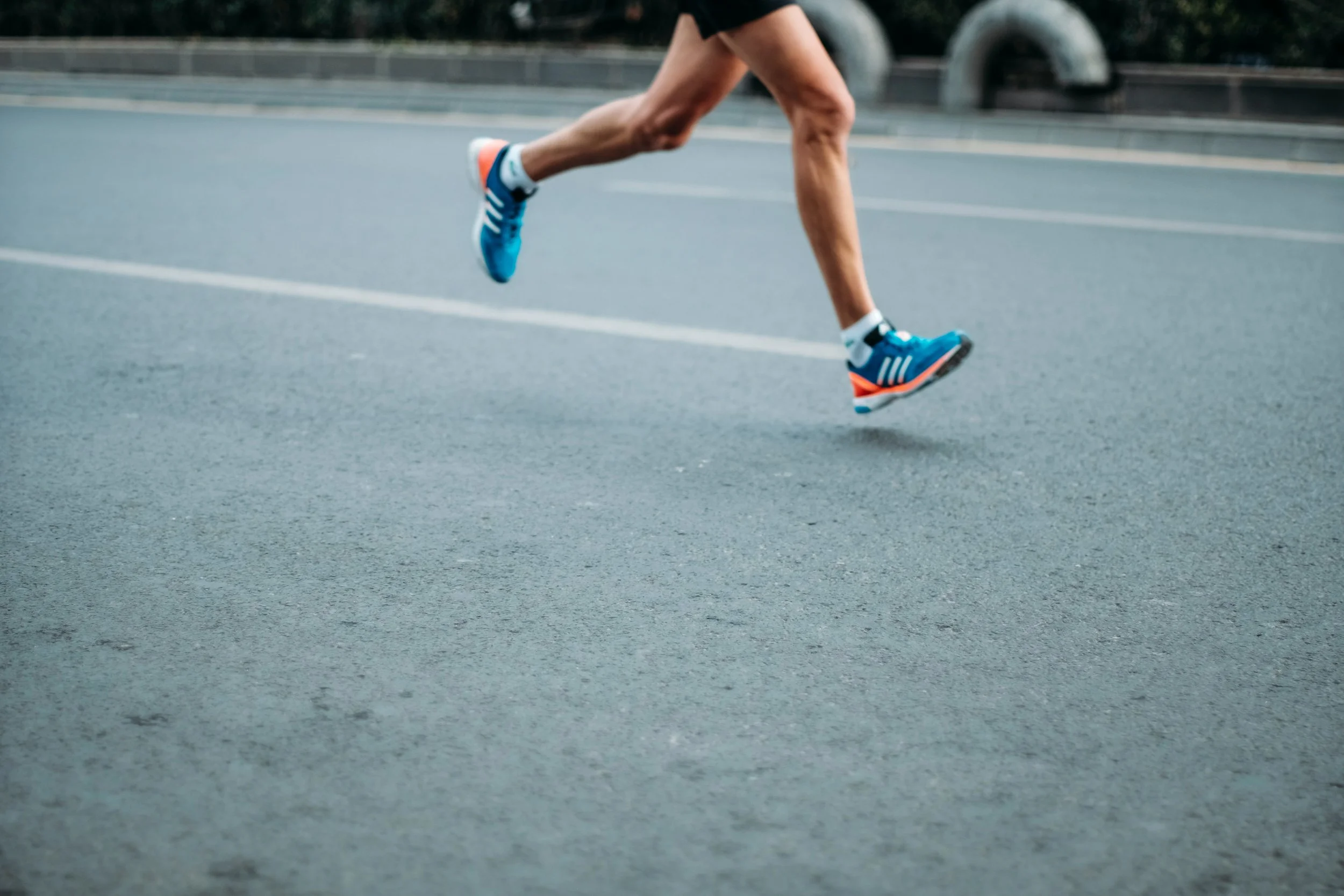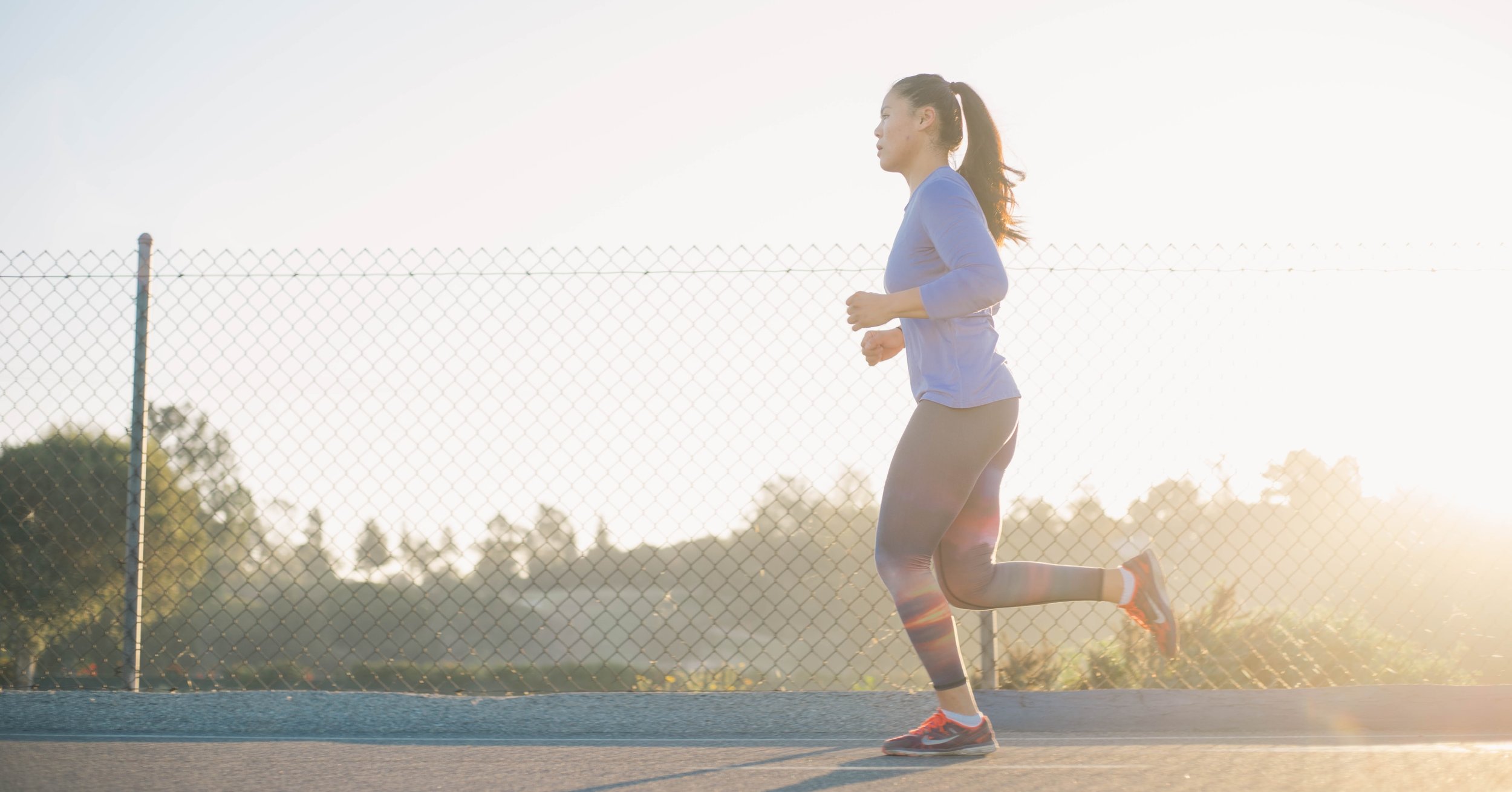Yoga for Track Athletes - 5 Different Flows
Track & Field is an extremely rigorous and strenuous sport that requires peak levels of strength, mobility, endurance, and flexibility. Off the track, regular care and active recovery are needed in order to perform at your prime.
Yoga is one of the best methods to help develop the strength needed for balance and mobility, while you prevent injuries and relax your muscles.
The impact yoga has on sore muscles, balance development, and mobility is truly incredible, and it will help improve your ability to recover from intense workouts. Yoga poses especially benefit track athletes with movements that constantly engage the hamstrings, quads, glutes, back, and abdominal muscles.
With just twenty minutes of daily yoga sessions – or even twice a week hour-long sessions- you will be able to develop your flexibility, balance, and relieve muscle tightness.
A 2011 study concluded that yoga practices “enhance muscle strength and body flexibility.” Yoga also improves respiratory and cardiovascular function. Most importantly, for sore athletes, yoga has been found to decrease muscle soreness and the symptoms.
In addition to physical benefits, yoga has been correlated to improvements in mental health. Yoga can potentially help reduce stress, anxiety, and depression. All of which overall improve your quality of life and increase an athlete’s ability to perform.
A 2016 study on college athletes reconfirmed these findings, with results that suggested that regular yoga practice increases flexibility and balance.
Here are 5 yoga flows to help you experience all these yoga benefits.
Track athletes can incorporate yoga into their training in various ways. Athletes can include yoga in their regular schedule with 20 – 30 minutes sessions early in the morning before your training or in the evening after your training. This regular practice can be anywhere from 3 to 7 days a week.
Athletes can also just practice yoga on active rest days. If you take this approach, you will want to do longer flows. So, you could practice yoga for 1 hour, once or twice a week.
1. Sunrise Salutation (20 minutes)
This is one of the most classic yoga flows, a traditional Asana sequence.
2. Yoga for Sore Muscles (30 minutes)
A yoga flow that offers a full-body stretch and opens up the body, especially hamstrings, quads, and glutes. Great to do in the evenings after the day’s training and on rest days.
3. Everyday Intermediate Vinyasa Flow (20 minutes)
Calm flow that is perfect for daily practice.
4. Full Body Intermediate Vinyasa Flow (20 Minutes)
Another flow that is great for daily practice. This sequence is especially great for improving hip mobility and flexibility.
5. Creative, Advanced Vinyasa Flow (25 minutes)
A more advanced sequence with more challenging movements. This flow includes headstands and other more “yogi” poses. For track athletes, there is no need to do headstands, handstands, or arm balances. Only do these if you feel comfortable and have someone around who can guide you through.





